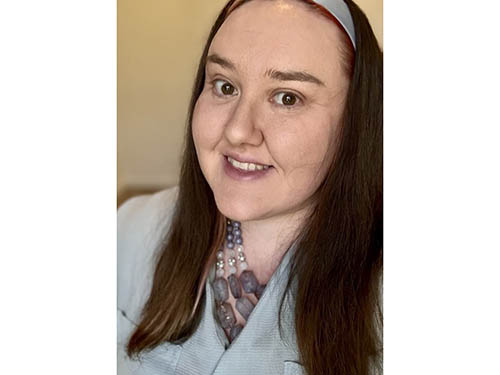— By Amanda Anderson —
Turn your landscaping into a reason customers keep coming back via seasonal preventative maintenance.
The goal for preventative and routine landscaping is about more than the initial visual impact. At first glance, services are tailored to provide a clean and welcoming environment. Lush green grass edged neatly along sidewalks and curbs, healthy mulch beds free of weeds and filled with blooming flowers, full and neatly trimmed bushes and shrubs.
A truly impactful landscaping service is going to provide down-the-road savings, with a focus on maintaining and preserving instead of replacing.
Understanding the cores of landscaping will help guide you through the landscaping season: spring and fall clean-ups, annual mulching, recurring maintenance, irrigation, fertilization and tree trimming. There is a time and place for all these services that every seasoned landscaping professional understands and will help implement at your facility. Knowing these ins and outs yourself can only benefit in creating a strong landscaping plan.
Spring and Fall Clean-Ups kick off and wrap up your landscaping season. A spring clean-up is a pre-cursor to routine weekly maintenance, often beginning in March or April. A proper clean-up will consist of the following:
• Leaf, trash and debris pick-up
• Initial grass cutting
• Strategic bush and shrub pruning as to not impact potential blooming
• Irrigation Start Up — a great time to check for leads or damaged sprinkler heads!
• Planting new flowers, bushes, shrubs and grasses
• Weed control through application of preemergent herbicide
Annual mulch replacement should go hand-in-hand with your spring clean-up schedule. Along with pre-treating your plant beds to prevent weeds, a fresh layer of mulch hinders seeds’ abilities to take root. It should be performed after the initial cutting, pruning and clean-up, so as not to disturb the fresh placement. Putting down mulch should be like placing a cherry atop a perfectly made sundae.
It is essential to know your region. There are cool-season grasses and warm-season grasses, which is why you want to heed the advice from professionals suggesting certain fertilization schedules. Warm-season grasses are best fertilized in the spring to early summer, then again in late summer to early fall. Cool-season grasses are best fertilized in the spring and then again in the late summer or fall. Trained professionals will often recommend a fertilizing plan specific to your region and grass type.
While there is almost never a bad time to remove dead branches from trees, there is a proper setting for pruning live branches. It is best done while the tree is dormant, preferably during mid to late winter. Not only does this benefit the shape of the trees but encourages new growth for a fuller tree once the growing season begins. It is equally important to monitor for dying branches or branches so low they are interfering with customer parking or walkways. Including small branch and tree trimming of low growths in your reoccurring costs can save you money by not waiting until it is a large project or safety concern.
Recurring or preventative maintenance is best performed weekly during the spring and summer months, then for regions in warmer climates, bi-weekly in the fall and winter. Typical reoccurring landscaping services include:
• Trash, leave and debris clean-up
• Weed removal and treatment in plant beds and mulch
• Lawn mowing/grass cutting
• Edging and blowing
• Visual monitoring of irrigation systems
• Bush and shrub trimming (as needed per plant)
Visual assessment of the grass and plants can be a tipoff of underlying irrigation issues or plant diseases. Landscapers should take note of all browning grass and plants, shrubs that are not producing leaves or trees with discoloration and barren branches. This information can be brought to your attention along with a proposal for irrigation investigation and repair or for plant removal and replacement before it affects the entire site.
Often, landscaping seasons wind down in October and is done in more northern regions by November. A Fall Clean-Up allows for a site to be prepped for the winter, whether there is snow to be expected or not. Leaf, twig, and branch removal, as well as plant trimming, pruning, and shaping. Even dead-heading perennial flowers will encourage growth come the next spring. This also presents a time to do a second mulching or turn up the current mulch to prevent molding.
Not everything can be planned for, even in a detailed and well-structured preventative maintenance program. Accidents do happen, like when technicians installing a new store sign strike an irrigation line or a delivery truck hops the curb and causes divots and damage. A landscaping team familiar with your property with be ready to help assess and repair.
Forming a relationship with the right company can save you the hassle of fussing with plants so your focus can be on the stores, restaurants and your customers.
— Amanda Anderson is production manager – Superior Facility Service Group, Inc., a family owned and operated company specializing in commercial maintenance and repair, bird control and prevention, and disaster restoration. For more information, visit www.superiorfacilityservice.com.

